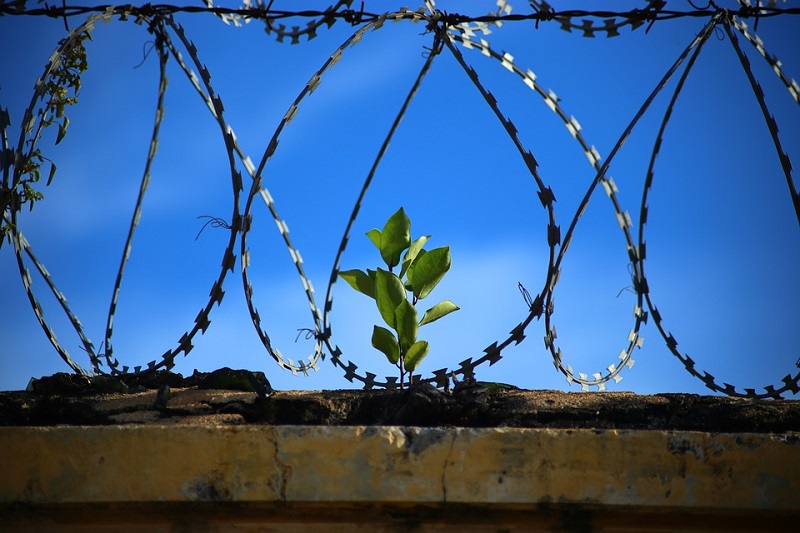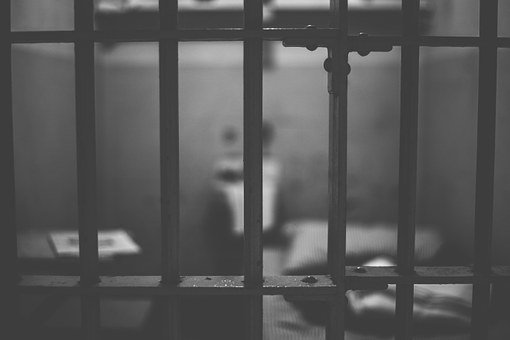Mental Illness and Incarceration
Is it a crime to be mentally ill? Statistics show that individuals with mental illnesses are over four times more likely to be arrested for minor offenses (trespassing, disorderly conduct, simple possession) than their mentally sound counterparts.
High rates of mental illness among prison populations highlight the significant challenges correctional facilities face in providing adequate mental health care. Many of today’s prisons have become de facto psychiatric facilities, trying but often failing to meet the special needs of their inmate patients.
As a result, many of these inmates end up either staying in jail longer or being rearrested. The strong correlation between mental illness and homelessness is a byproduct of untreated or undertreated persons not receiving proper care and having no place to go.
Why Mental Health Needs to be Addressed in the Criminal Justice System
Mental health is a vital component of overall well-being, shaping how individuals think, feel, and interact with the world around them. Within the criminal justice system, the significance of mental health becomes even more pronounced. Many people involved in the criminal legal system experience mental illnesses, including co-occurring substance use disorders, which can complicate their interactions with law enforcement and the courts. Addressing these mental health challenges requires comprehensive mental health treatment and robust mental health services tailored to the unique needs of this population.
Organizations such as the American Psychiatric Association stress the importance of adequate mental health care and effective mental health services administration to ensure that individuals receive the support they need. Without proper mental health care, individuals with mental health needs are at greater risk of repeated involvement with the justice system, which can undermine public safety and hinder rehabilitation. By prioritizing mental health within the criminal justice system, we can promote better outcomes for individuals and communities alike.
When Did Serious Mental Illness Become a Crime?
Mental Health in the 1950s
A movement toward deinstitutionalization was supposed to replace state-run asylums with a national network of behavioral health centers — except it never happened, at least not as originally intended.
The treatment options for mentally ill inmates became more humane and more varied, but the lack of adequate services following deinstitutionalization meant there were insufficient resources to administer care. Such programs were intended to support community reintegration by providing mental health care, housing, and employment assistance, but they were not fully implemented. As a result, the prison system was left to pick up the slack.
Mental Health in the 1970s
In 1971, President Richard Nixon escalated the War on Drugs, significantly impacting arrest rates and, in turn, the prison population. In a recent study conducted by the Vera Institute of Justice, an estimated 72 percent of inmates with serious mental illnesses had reportedly been abusing substances in an attempt to cope with their conditions.
Especially troubling was the increase in arrest rates for simple possession of substances like marijuana, placing a tremendous burden on the prison system, particularly state prisons.
Mental Health in the 1980s
The defunding of social programs that assisted at-risk persons led to an increase in the homeless population, many of them grappling with mental illness.
The lack of adequate support and intervention contributed to a mental health crisis among these vulnerable populations. According to the National Institute of Mental Health (NIMH), in 1988, it was estimated that between 125,000 and 300,000 mentally ill persons were thought to be homeless. In addition to that number, 120,000 were said to be hospitalized, 381,000 were in nursing homes, and between 175,000 and 300,000 were living in board-and-care homes.

Discharge Planning and Reentry
For individuals with mental health conditions, the transition from incarceration back into the community is a critical period that requires careful planning and support. Discharge planning involves coordinating mental health services, transferring medical records, and arranging for follow-up care to help individuals maintain stability after release. The Substance Abuse and Mental Health Services Administration (SAMHSA) and other experts highlight the importance of comprehensive discharge planning, including access to outpatient treatment and ongoing mental health support.
Effective discharge planning can make a significant difference in reducing recidivism and promoting successful reentry. Programs that connect individuals to mental health care, housing, and employment resources help address the challenges faced by those with mental health needs as they reintegrate into society. By prioritizing mental health services administration and ensuring continuity of care, we can support formerly incarcerated individuals in achieving long-term recovery and stability.
Reducing Recidivism through Mental Health Care
Breaking the cycle of incarceration for people with mental illnesses requires a proactive and compassionate approach. Specialized interventions such as mental health courts, drug courts, and jail diversion programs offer alternatives to traditional incarceration, focusing on treatment and support rather than punishment. These programs are designed to address the underlying mental health conditions that often contribute to criminal behavior, providing people with mental health needs access to effective treatment and community-based services.
By investing in mental health care and expanding access to mental health services, the criminal justice system can reduce recidivism, enhance public safety, and improve outcomes for individuals with mental health conditions. Organizations like the National Alliance on Mental Illness (NAMI) advocate for increased funding and resources to support these initiatives, emphasizing the importance of addressing severe mental illnesses and providing comprehensive mental health care. Prioritizing mental health within the justice system is not only a matter of public health but also a crucial step toward a more just and effective approach to criminal justice.
Break the Cycle with ECCM's Mental Health Services
Prison overpopulation and homelessness are systemic issues that can be mitigated by allowing mentally ill individuals access to the services they need. ECCM’s forensic case management program works to connect mentally ill persons, whose offenses could have been avoided had they been treated, with the necessary supports to break the incarceration cycle.
ECCM also offers a homeless behavioral health program that links individuals with serious mental illnesses with the resources to stabilize, rehabilitate, and realize a more dignified living arrangement and quality of life.

